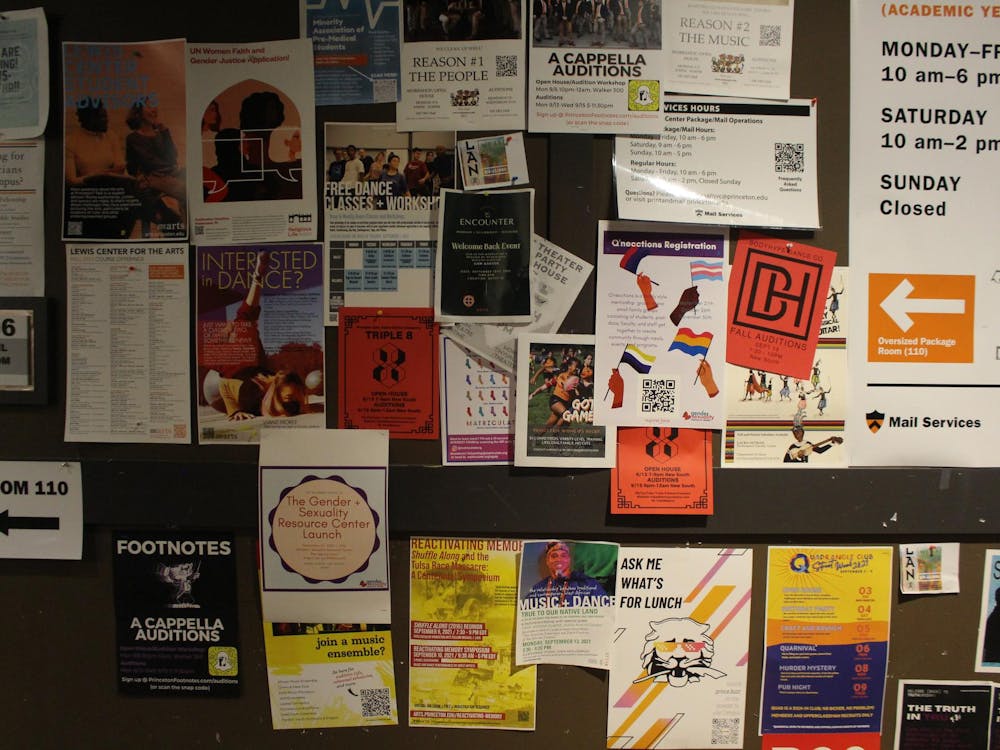Since we put up the posters, malicious parodies have appeared, and a larger campus dialogue has started about the posters’ intention, design and implications. As the architects of the campaign, we welcome the conversation the posters have sparked. But considering the accusations that have been leveled against them and us, we want to set the record straight: Though the campaign has indeed ignited some controversy, we still support the intent behind it. We never intended to offend or objectify women with the use of the “Save Second Base” slogan, and our primary objective has been — and continues to be — raising as much money as possible for the Susan G. Komen Foundation.
As with any group planning a fundraiser on campus, we were faced with a fundamental problem: How could we raise awareness about and money for breast cancer when cancer campaigns so often fall on deaf ears? How could we successfully market a breast cancer fundraiser to 20-year-old males (and to females, so soon after Princeton Against Cancer Together’s “pink party”)?
We chose the slogan “Save Second Base” with the intent to appeal directly to college students and especially to students (particularly males) who wouldn’t relate to the prim, girly pink ribbons and rhinestones that often correspond with breast cancer fundraisers. Much has been made of the fact that the posters seem to trivialize the impact of breast cancer. But the slogan was meant to be lighthearted and fun; in fact, many breast cancer survivors have advocated using this slogan as a way to humorously raise awareness and funds. To quote save2ndbase.com on the origin of the slogan, “In July 2006 we lost our sister and friend Kelly Rooney to breast cancer … Cancer can take one’s hair, energy and mobility, but Kelly refused to let it take away her sense of humor. She coined the phrase ‘Save 2nd Base’ and inspired us all. We hope our shirts inspire you!”
When we selected this slogan, we were very conscious of our environment. We understood that this would not work in any context other than a college campus. And while the alliterative phrase is not a full description of our event, it works for this very reason: It wouldn’t function as an effective slogan if it did not catch the attention of students around campus.
Certainly, the posters raise fundamental questions about objectification of women and political correctness on campus. These questions play into constant debates about the representation of women and their bodies, and the slogan might seem to condone a particular point of view that even we, if we took it seriously, might find offensive. But if the poster is read humorously, it functions exactly as it should: to generate attention and awareness. Furthermore, if we are forced to accept the terms of a dialogue about women that doesn’t include the words in our slogan — to use only words that are pre-certified politically correct — then such words are likely to only stifle such a dialogue, not start it.
We are grateful for the posters that have been put up to challenge our campaign, because they are actively involving the campus community in questions that need to be raised. It was not our intention to raise such questions, but that doesn’t mean we don’t welcome that they are now on student’s minds. How should we view women’s bodies in the media? How should humor interact with serious issues of possible objectification? When does a slogan meant to turn heads turn too many heads in the wrong direction? There are certainly phrases we never would have chosen to put on our poster, no matter how much awareness and money they could have raised. But as a community, how do we draw those lines?
We feel confident that the Princeton undergrad community is becoming aware of the different connotations of the slogan and will examine the role that humor plays in ad campaigns targeted to college students.
Liz Consky ’10, Dana Weinstein ’12 and Brooks Yang ’11 are members of the committee planning Manicure for the Cure. They can be reached individually at econsky@princeton.edu, dweinste@princeton.edu, brooksy@princeton.edu.







